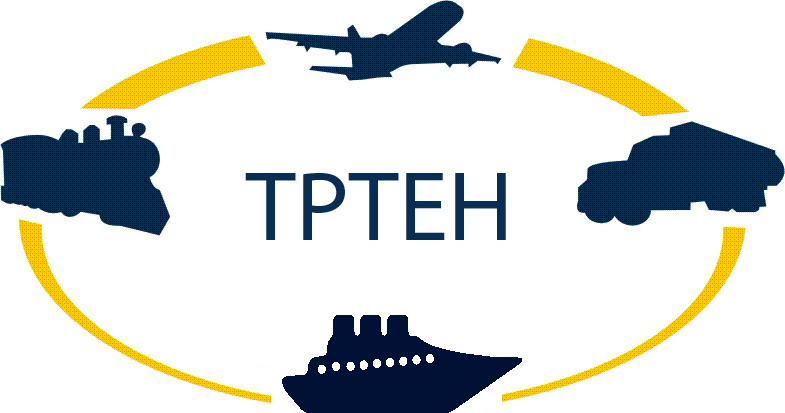1 – Abbas K. A. (2003) Environmental Assessment of Road Alignments Based On Multicriteria Scoping: A Case Study of Cairo-Ain Sukhna Freeway. Journal of Impact Assessment and Project Appraisal, Vol. 21, No. (4), pp. 323-330. Beech Tree Publishing, UK.
Abstract:
This research develops a multicriteria scoping framework by which alternative road alignments can be assessed, using the Cairo–Ain Sukhna freeway in Egypt as an example. Four alternative alignments were assessed using 60 comparative criteria covering technical, accessibility, economic and financial matters, development, safety and security, severance, social considerations, as well as natural and man-made environmental aspects. Baseline information was collected from maps, site visits and consultants’ reports. A comparative analysis ranks the alternative alignments based on their potential impacts. Weightings, giving higher weights to environmental aspects, are applied to the rankings, and the best alternative is identified. The multicriteria scoping framework proved a sufficient tool for assessing alternative road alignments and for selecting the most environmentally preferable one.
This article may be used for research, teaching and private study purposes. Any substantial or systematic reproduction, re-distribution, re-selling, loan or sub-licensing, systematic supply or distribution in any form to anyone is expressly forbidden.
2 – Abbas K. A. (2004) Logistics Chain Analysis: A Basis for Assessing Greenhouse Impacts of Transport Activities for Industrial Premises. In Proceedings of 10th World Conference on Transport Research WCTR2004, Session B3: Logistics, Freight and Fleet Management. Istanbul, Turkey.
Abstract:
The main production and warehousing premises of Egypt Eastern Company for Tobacco is currently located in four different locations in Giza, Greater Cairo. The company is planning to agglomerate and relocate all of its premises into one big location in the industrial area of 6th of October new City to the south-west of Cairo. This research is concerned with assessing and comparing the greenhouse environmental impacts, resulting from transport activities in the two alternative location scenarios. In this context, two logistics chains that simulate activities and flow of raw materials and products for the company are developed. The first represents the company activities and operation from its current locations, while the second represents the expected operation of the company from its planned new location in 6th of October City. Transport phases in both chains are uniquely identified and described. A literature survey is conducted to obtain appropriate emission factors of the six main greenhouse gases emitted by transport activities. For each of the two considered industrial location scenarios, transport activities, represented by annual number of travelled kilometers, are multiplied by appropriate emission factors and expected annual values of six types of emissions are obtained. Finally, a comparative analysis is conducted to determine the location scenario expected to produce the least greenhouse emissions as a result of its transport activities.
This article may be used for research, teaching and private study purposes. Any substantial or systematic reproduction, re-distribution, re-selling, loan or sub-licensing, systematic supply or distribution in any form to anyone is expressly forbidden.


